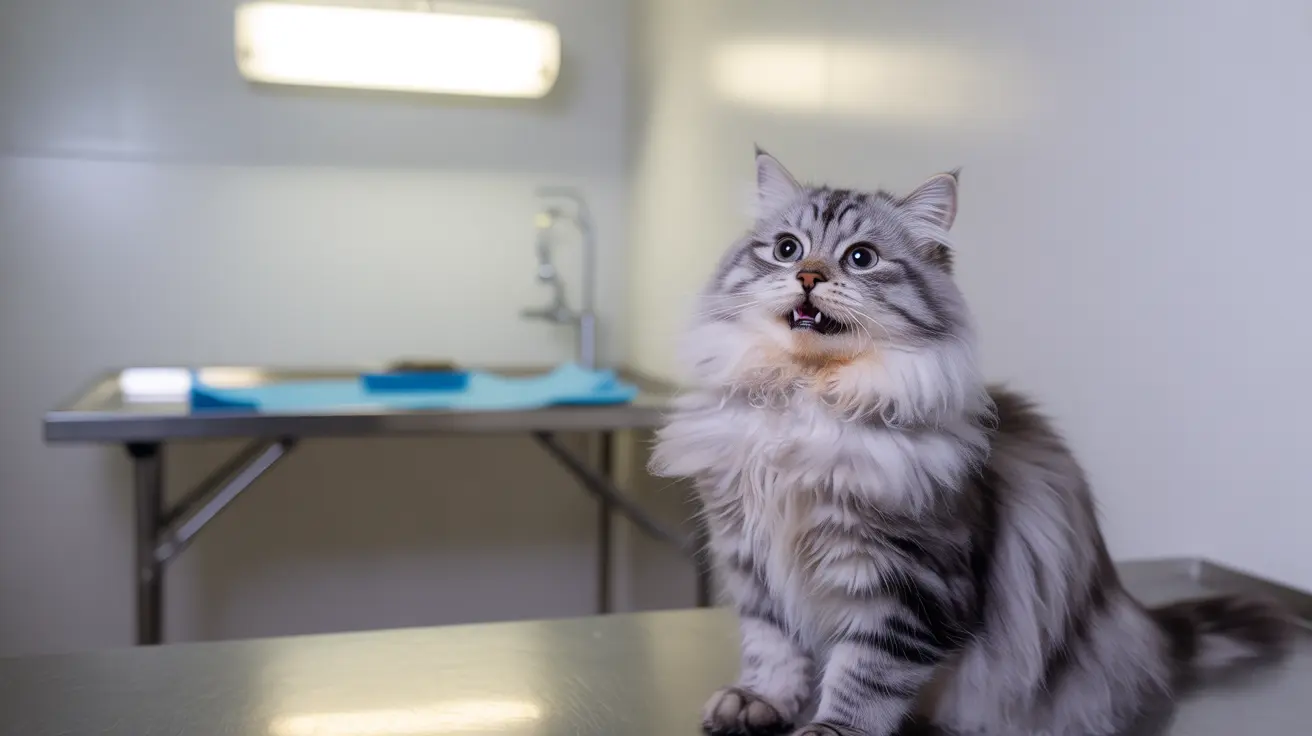Lockjaw in cats, while relatively rare, is a serious condition that requires immediate veterinary attention. Most commonly associated with tetanus infection, this condition can cause severe muscle stiffness and potentially life-threatening complications if left untreated. Understanding this condition is crucial for cat owners, especially those with outdoor pets who may be at higher risk.
This comprehensive guide will explore everything you need to know about lockjaw in cats, from its causes and symptoms to treatment options and prevention strategies.
What Causes Lockjaw in Cats?
The primary cause of lockjaw in cats is tetanus infection, resulting from the bacteria Clostridium tetani. These bacteria typically enter through wounds, especially deep punctures or cuts, and produce a powerful neurotoxin called tetanospasmin. This toxin affects the nervous system, leading to muscle stiffness and spasms.
Common entry points for tetanus infection include:
- Deep puncture wounds
- Animal bite injuries
- Contaminated scratches
- Exposure to contaminated soil
- Surgical site infections
Recognizing the Signs and Symptoms
Early detection of lockjaw symptoms can significantly improve your cat's prognosis. The initial signs often appear near the wound site before potentially spreading throughout the body.
Primary Symptoms
- Difficulty opening the mouth
- Rigid jaw muscles
- Excessive drooling
- Stiff, erect ears and tail
- Wrinkled forehead
- "Sardonic grin" appearance
Advanced Symptoms
- Full-body muscle stiffness
- Difficulty walking
- Respiratory problems
- Sensitivity to touch and sound
- Difficulty eating and drinking
Diagnosis and Treatment Approaches
Veterinarians typically diagnose lockjaw through physical examination and evaluation of clinical signs. The presence of recent wounds or injuries can help confirm the diagnosis.
Treatment Protocol
Treatment for lockjaw in cats typically involves a multi-faceted approach:
- Wound cleaning and debridement
- Administration of tetanus antitoxin
- Antibiotic therapy
- Muscle relaxants
- Supportive care including:
- IV fluids
- Nutritional support
- Pain management
- Careful nursing care
Prevention and Long-term Management
While cats have natural resistance to tetanus compared to other animals, prevention remains crucial. Key preventive measures include:
- Prompt treatment of wounds
- Keeping cats indoors or supervised outdoors
- Regular veterinary check-ups
- Maintaining clean living environments
- Immediate attention to any injuries
Frequently Asked Questions
What are the symptoms of lockjaw in cats, and how is it different from other causes of trismus?
Lockjaw in cats primarily presents as an inability to open the mouth, accompanied by muscle stiffness and excessive drooling. Unlike other causes of trismus (such as dental disease or trauma), tetanus-related lockjaw typically shows progressive symptoms and may be accompanied by other neurological signs.
How do I prevent tetanus in my outdoor cat, and what are the risks associated with it?
Prevent tetanus by promptly treating any wounds, keeping your cat's environment clean, and limiting unsupervised outdoor access. The main risks come from deep puncture wounds exposed to contaminated soil or debris.
What is the typical treatment for lockjaw caused by tetanus in cats, and what medications are used?
Treatment typically includes tetanus antitoxin, antibiotics (particularly metronidazole), muscle relaxants, and supportive care. The specific medication protocol will be determined by your veterinarian based on the severity of symptoms.
Can cats be vaccinated against tetanus, and is it a standard part of their vaccination schedule?
Tetanus vaccines are not standard for cats due to their natural resistance to the disease. Unlike other common vaccines, tetanus vaccination is not typically recommended for cats.
How long does it typically take for a cat to recover from tetanus, and what are the common long-term effects?
Recovery typically takes 2-4 weeks with proper treatment. While most cats recover fully, some may experience mild residual muscle stiffness or weakness. The prognosis is generally good with early intervention and appropriate care.
If you notice any signs of lockjaw in your cat, seek immediate veterinary care. Early intervention is crucial for the best possible outcome in treating this serious condition.






